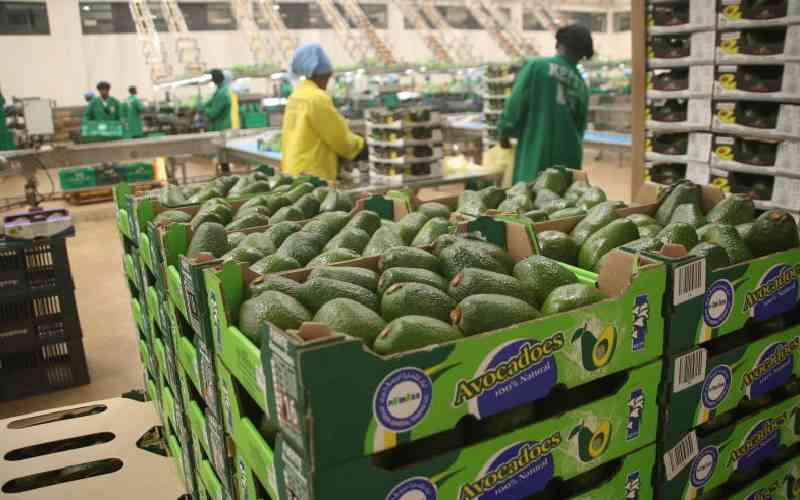
When starting her cereal milling business, Ann Mwathi had great aspirations to offer her customers a great product and transform her community through job creation. To meet demand and sustain production, she organised the supply of raw materials from upcountry to her factory in Nairobi.
What she did not expect was the new tax requirements that abruptly increase the cost of production. This is in addition to the many other levies she was expected to pay. As a compliant SME, she had no option but to bring on board an expert to break down the new taxes and payment schedules.
The unpredictable tax regime is not unique to Mwathi. It is a challenge that continues to face many businesses in the country as both national and county governments continue to introduce new fees, levies and charges.
A regulatory audit report by Kenya Association of Manufacturers estimates an average of 33 levies are paid by investors in the food and beverage sector.
Whereas the government relies on the various forms of taxes as a major source of revenue, unfriendly fiscal and taxation policies harm businesses. Kenya’s tax code is complex and bulky, requiring firms to employ tax planners, tariff engineers, lawyers and specific accountants to render professional advice.
Great cost
Whereas large firms can often afford the cost of compliance, small-scale manufacturing firms often comply at great costs and loss of efficiency.
The Manufacturing Manifesto, 2022–27 has outlined three key concerns regarding Kenya’s tax regime. One is the lack of clear tax policy objectives in legislative proposals informing changes in taxation. This has resulted in fundamental tax policy issues that are inconsistent with Kenya’s stated economic policy objectives where proposed changes have been implemented.
Two, erratic changes in the tax codes. Kenya’s tax code changes annually and in very significant ways. Additionally, these changes are accompanied by significant requirements for compliance that are brought forward by regulations, which create additional complexities. More so, if the regulations were not published through a consultative process and in advance of the effective date.
Third, multiple taxations at county and national government levels.
The ability to accurately identify future incomes and expenses is a key component for businesses to thrive as it allows them to plan and determine whether to increase investments. Finding a middle ground between a conducive business environment and increasing government revenue is paramount.
This is only possible if the government institutes efficient and fair tax systems. This will lead to a good tax system that meets the basic conditions of fairness, adequacy, simplicity, transparency and administrative ease, as outlined by the Oklahoma Policy Organisation.
The writer is the chief executive of Kenya Association of Manufacturers
 The Standard Group Plc is a multi-media organization with investments in media platforms spanning newspaper print
operations, television, radio broadcasting, digital and online services. The Standard Group is recognized as a
leading multi-media house in Kenya with a key influence in matters of national and international interest.
The Standard Group Plc is a multi-media organization with investments in media platforms spanning newspaper print
operations, television, radio broadcasting, digital and online services. The Standard Group is recognized as a
leading multi-media house in Kenya with a key influence in matters of national and international interest.











